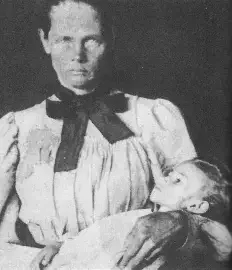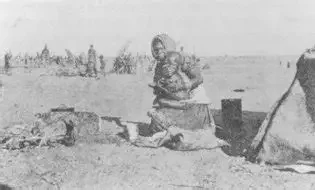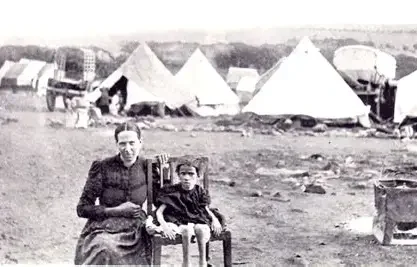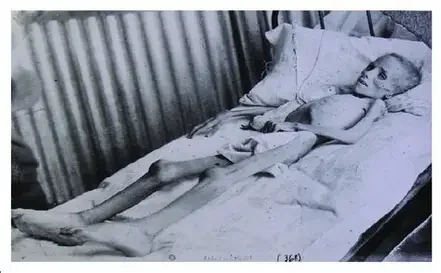What followed was one of the darkest chapters in colonial warfare:
The concentration camps
Tens of thousands of Boer women and children—along with Black South Africans caught in the conflict—were herded into barbed-wire camps under the open sky. Meant to break the morale of the Boer fighter commandos, the camps became scenes of horrific neglect and the demise of life. Food was scarce. Sanitation was almost non-existent. Diseases like typhoid and measles swept through the camps like wildfire.
By the end of the war, close to 27,000 Boer women and children—many of them infants—had died in the camps. Thousands more Black South Africans perished, often without a record. It was a genocide in all but name, and an everlasting stain on the conscience of the British Empire.
And yet…..the Boers endured.
They fought on—outnumbered, outgunned, and betrayed by the land that birthed them. Generals like De Wet, De la Rey, Botha and Smuts led ragtag bands of fighters against trains, columns, and supply lines. Their courage, ingenuity, and refusal to surrender earned them global admiration, even from their enemies.
The war finally ended in 1902 with the Treaty of Vereeniging, which was imposed upon the Boer republics and subsequently led to their reannexation. The country was changed forever. But the memory of the war—its fire, its cruelty, its heroes—still burns in the dust of the Karoo





